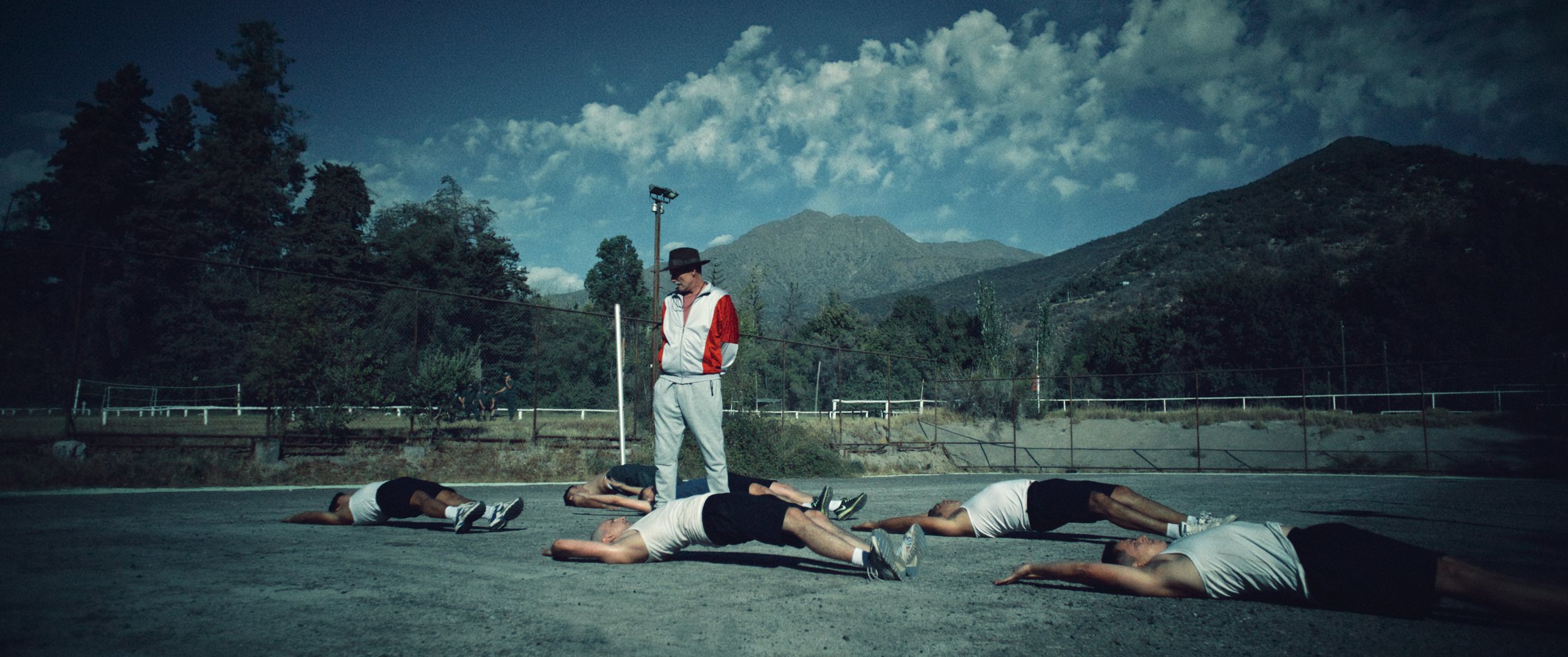The recent Chilean actuality and the last referendum have been a clear reminder of a simple fact: the shadow of the Pinochet era is still large, wide, and won’t be escaped by the country or its habitants for quite some time. Before the votes confirmed that the constitution written by Pinochet would remain in place, the movies had largely foretold these events. The country’s most famous director, Pablo Larraín, spent a good portion of his career addressing the Pinochet period, from Tony Manero right to his latest, El Conde, a direct evocation of the late dictatorial as an immortal vampire! The FIPRESCI winner at Kerala 2023, Prison in the Andes (Penal Cordillera), deals with the same themes, the same traumas, and is a worthy addition to this tradition, this Chilean way of trying to make sense of the past, and the present, through stories.
First full-length movie of Felipe Carmona, Prison in the Andes uses the present to talk about the past. More precisely, the story takes place almost entirely in the titular prison, a strange place that can almost be called luxurious. It is a cozy home for a group of old men, who are imprisoned in very favorable conditions and they happen to be high-ranking military officers from the Pinochet era. The first part of the film establishes their daily routine, flirting with a surprising comical tone. The former soldiers are seen spending their days in this golden cage, a place that pleases no one: the victims think (rightly) that their jail is a luxurious mansion, closer to a retirement home than an actual prison, while the prisoners must still deal with boredom and confinement, as pleasant as it may seem. Then, an imprudent interview throws into the open the too cozy lives of its occupants, and the scandal that follows threatens the whole agreement.
The tone suddenly shifts as everything around the protagonists start to unravel. There are clear and realistic political pressures that suddenly appear, but the director enlarges the whole movie by allowing stranger events to flow. A grizzly and absurd murder takes place, in the middle of an unreal, foggy night. Prison in the Andes shifts between genres, alternating between comedy, realism, political pamphlet, and even a horror movie, with fantastic undertones. In the finest South American tradition, the ghost of Gabriel García Márquez and its magical realism slowly appears. Cracks form in the description of the daily lives of the former torturers, something both ridiculous and scary that moves around the place, at its edges. The effect is to precisely conjure a sense of dread and menace that is never clearly enunciated.
The mysterious death on the site is not explained, the past of its occupants remains relatively mysterious, but Carmona manages to use the mix of genre and tones to point to a world unseen but present between the lines: the past, the horrors of a gone era, the memories of the real deeds of these old men, and what they did when they were free and younger. The mix between tragedy and comedy then actually seems to serve an important purpose, which is to start from what seems an almost innocent, comically out of touch, present, leading to violences, deaths, sinister undertones to always come back to the same observation: the past is alive in Chile. Just like the constitution, given by Pinochet, cannot die, the terrible actions committed by these officers are, of course, always there, lurking close to the surface, peering through the strange events happening in the prison.
Prison in the Andes ends quite classically and non-dramatically. But there also lies, probably, the point. There is no explosion or catharsis to end this story: it is just a part of Chilean society. These old men are there, moving between places, but also staying put, staying alive, with everything they represent, all the memories and tragedies they embody. With this picture, Carmona adds his contribution to the noble task befallen, for years, to Chilean filmmakers: to deal with history, to help the past by bringing him into the light.
Pierre-Simon Gutman
Edited by Savina Petkova
© FIPRESCI 2023

